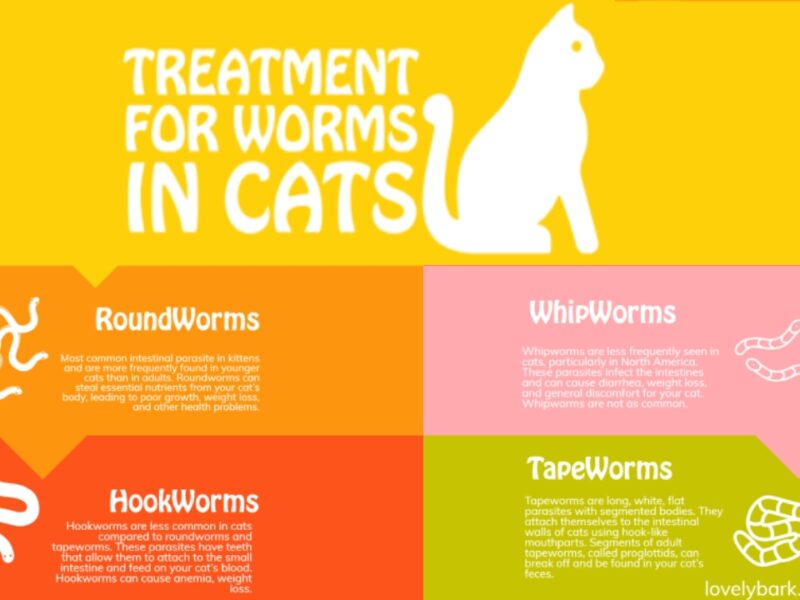Table of Contents
Introduction
The British Shorthair is a cherished cat breed known for its friendly and calm demeanor. With their large size and exceptionally soft fur, British Shorthairs make excellent companions for cat lovers of all ages. In this comprehensive guide, we will delve into the history, characteristics, and care requirements of the British Shorthair. Whether you’re considering adding a British Shorthair to your family or simply want to learn more about these beautiful felines, this article has you covered.
History of the British Shorthair
The British Shorthair is believed to be one of the oldest cat breeds in Great Britain. Its development can be traced back to shorthaired street cats that roamed the country. Over time, breeders refined and standardized the cats, resulting in the British Shorthair we know today. These cats were among the breeds showcased at England’s first organized cat show in 1871, where they were initially referred to as British Blues due to their common blue (gray) color.
While blue British Shorthairs remain popular, the breed now comes in a variety of colors and patterns. The British Shorthair was introduced to the United States in the early 1900s, initially known as domestic shorthairs. It wasn’t until 1980 that the Cat Fanciers Association officially recognized the British Shorthair as a distinct breed. Today, these beloved cats can be found in homes worldwide.

British Shorthair Characteristics
Physical Attributes
The British Shorthair is a solid and muscular cat with a well-balanced and powerful appearance. These cats have large, round heads, round eyes, and rounded paws. Even their tails have a distinctive rounded tip. While the breed is commonly associated with a smoky blue coat, British Shorthairs come in over 30 colors and various patterns.
On average, mature British Shorthairs weigh between 6 to 12 pounds, although individual cats may be larger. Their dense and plush coats require minimal grooming, but regular brushing can help prevent matting and control shedding. With proper care, these cats can live for 12 to 20 years, making them long-lasting companions.
Friendly and Calm Personality
Known for their friendly and calm nature, British Shorthairs are wonderful family pets. While they may not be overly affectionate or inclined to cuddle due to their thick fur, they enjoy being in the company of their owners. These cats are content to stay nearby, whether it’s on the sofa or simply in the same room. They are also independent enough to handle alone time when their family is away from home.
British Shorthairs are not highly energetic or athletic cats, making them well-suited for apartment living. They don’t require extensive physical activity but may enjoy playtime with fishing-pole toys or peacock feathers. While they generally get along well with dogs and are calm around children, it’s important to teach children to treat them with respect.
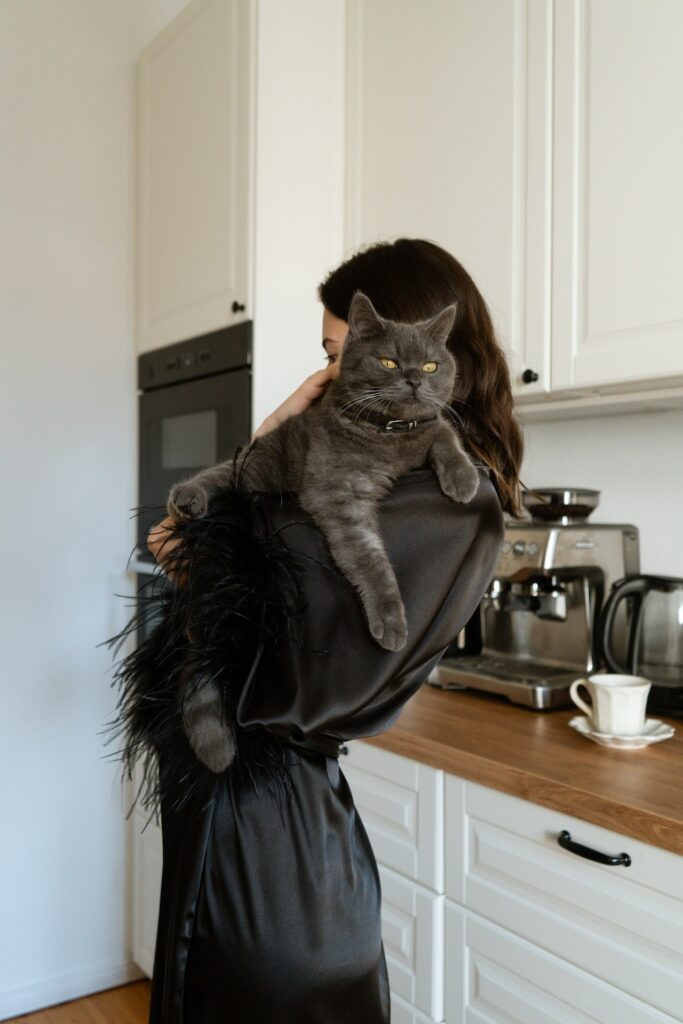
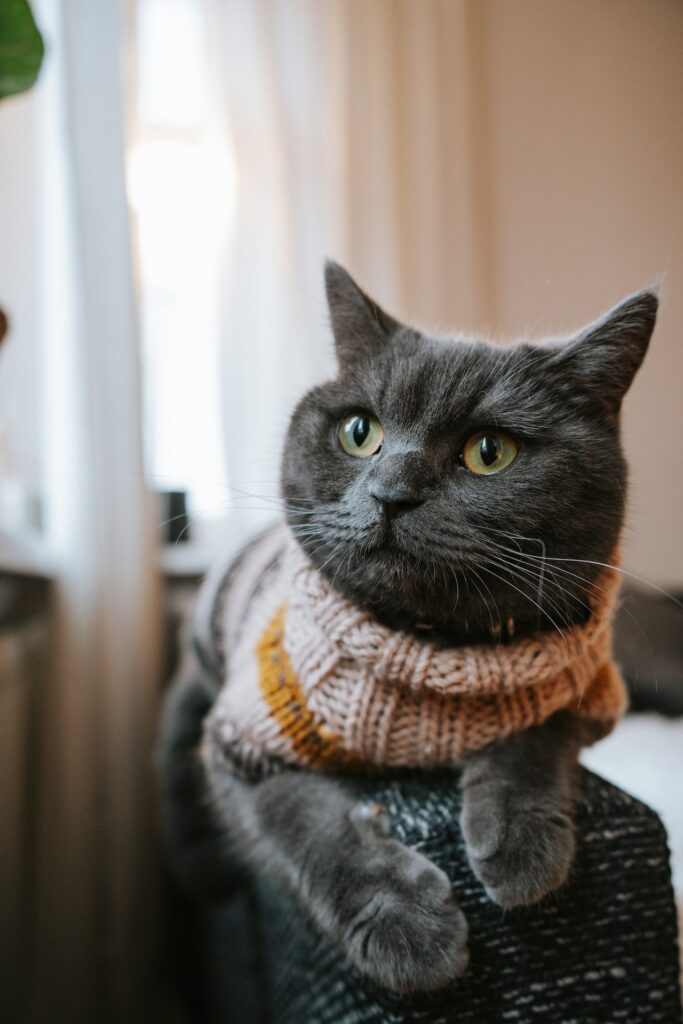
Caring for a British Shorthair
Coat Care
The British Shorthair’s thick and velvety fur is one of its most distinctive features. While these cats groom themselves, their coats can be prone to matting. Regular brushing with a wire brush once a week can help keep their fur tangle-free. Additionally, brushing will help control shedding, especially during seasonal changes.
Feeding and Nutrition
Proper nutrition is essential for the health and well-being of your British Shorthair. Provide a balanced diet that meets their nutritional needs and consult with your veterinarian for specific dietary recommendations. Avoid overfeeding to prevent obesity, as British Shorthairs have a tendency to gain weight. Monitor their food intake and provide appropriate portion sizes to maintain a healthy weight.
Exercise and Enrichment
While British Shorthairs are not highly active cats, they still benefit from regular exercise and mental stimulation. Engage them in play sessions using interactive toys to keep them physically and mentally stimulated. Providing scratching posts and climbing structures can also help satisfy their natural instincts and keep them entertained.
Health Care
As with any cat, regular veterinary care is crucial to ensure the ongoing health of your British Shorthair. Schedule annual check-ups, vaccinations, and preventive treatments for fleas, ticks, and worms. Monitor their dental health and provide regular teeth cleanings to prevent dental issues. Be observant of any changes in behavior or appearance and consult your veterinarian if you have any concerns.
Creating a Safe Environment
To keep your British Shorthair safe and secure, create an environment that minimizes potential hazards. Ensure they have access to fresh water at all times and provide a clean and comfortable litter box. Keep toxic plants, chemicals, and small objects out of their reach. British Shorthairs are generally indoor cats, but if they have access to outdoor spaces, ensure the area is securely enclosed to prevent accidents or encounters with other animals.
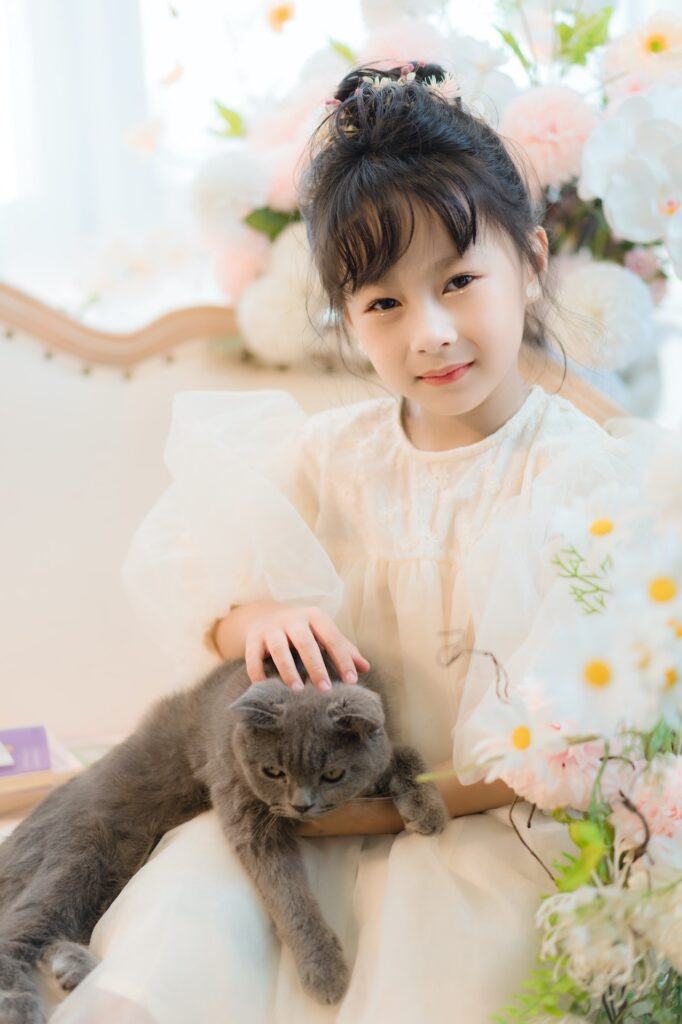
Finding a British Shorthair
If you’re interested in adding a British Shorthair to your family, there are a few options to consider. You can search for reputable breeders who specialize in British Shorthairs and ensure they follow ethical breeding practices. Another option is to check local animal shelters or rescue organizations, as they may occasionally have British Shorthairs available for adoption. Remember to inquire about their health history, vaccinations, and any specific care requirements before bringing your new feline companion home.
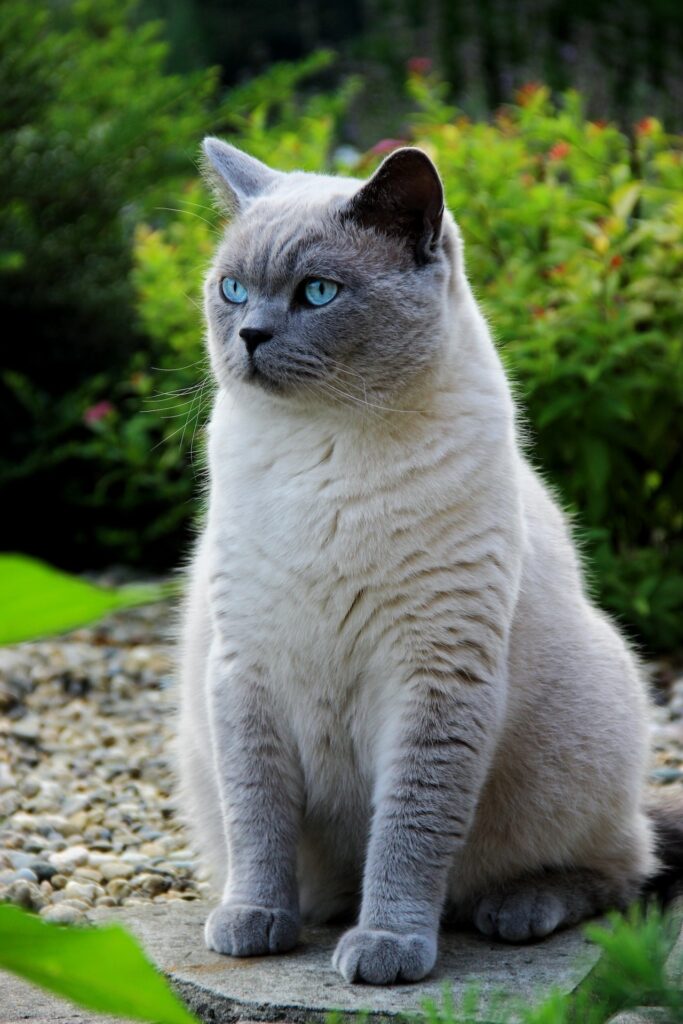
Conclusion
The British Shorthair is a beloved cat breed renowned for its friendly and calm nature. With their physical beauty, easygoing personalities, and low grooming requirements, British Shorthairs make wonderful companions for individuals and families alike. By providing proper care, nutrition, and a safe environment, you can ensure a happy and fulfilling life for your British Shorthair. Whether you’re a seasoned cat owner or considering your first pet, the British Shorthair is sure to bring joy and companionship into your home.

Explore more blog stories on cats.
”FAQs”
How old do British Shorthairs live to?
What Is the Lifespan of a British Shorthair? This breed is quite hardy, with the average lifespan being around 15 years. However, some British Shorthairs have been known to live as long as 20 years giving you more time to love and spoil them.
Why is British Shorthair so popular?
British Shorthairs are one of the most popular breeds due to their kind nature, even-tempered personalities and for the strong bonds they often form with owners. Like all cats, British Shorthairs are independent by nature, but this breed is particularly well-known for being kind, loyal and loving.
Are British Shorthair cats good pets?
British shorthairs are good pets and loyal companions. They enjoy being near people, though they may not want to be held or cuddled. You may find that your cat is happiest sitting beside you on the couch or simply being in the same room with you. They tend to be easygoing cats.
Why are British Shorthair expensive?
British Shorthairs are known for being super low maintenance, though they may bring you presents (ahem, dead mice) from time to time, as they were bred to do just that. Since they are popular around the world, breeders charge more for these cats.


